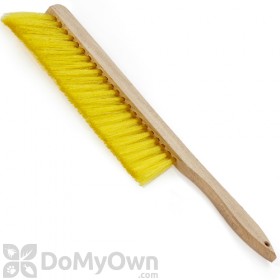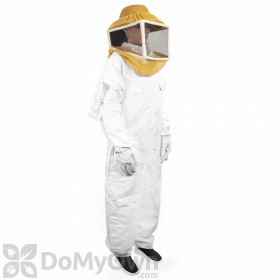
Honey bees, bumblebees, and other pollinators are incredibly important to the growth of food, crops, and plants around the world. In recent years, some pollinator populations have been on the decline due to a variety of factors, including disease, parasites, and insecticide exposure. Fortunately, there are steps you can take to help increase the pollinator population.
June 21 - 27, 2021 is National Pollinator Week. The goal of National Pollinator Week is to make Americans aware of the threat to pollinators and the steps they can take to help pollinators recover and thrive.
Read below for more information about pollinators and how to protect honey bees and other important pollinators.
What are Pollinators and Why Do We Need Them?

Pollinators are animals and insects that travel from plant to plant in search of food, carrying pollen on their bodies. By carrying pollen from one plant to another, they carry genetic material essential to the reproductive system of flowering plants.
At least 75% of all flowering plants on Earth need the assistance of pollinators. Pollinators aid in the growing of over 1/3 of the crops we eat (fruits, vegetables, nuts) and 1/3 of the world's oils, fibers, and raw materials.
Bees are typically associated with the word pollinator, but bats, birds, butterflies, beetles, wasps, and flies can also be pollinators.
How to Help Pollinators

These small steps can make a big difference for pollinators:
Grow a flowering garden- Pollinators feed off nectar and will travel from plant to plant in search of the sweet substance. Select plants that will encourage pollinators to stop by, like herbs and white clover. Reach out to your local extension office for advice on what local plants and flowers are pollinator-friendly and will thrive in your climate.
Plant away from your home- Place your garden of pollinator-friendly plants away from your home to keep bees away, as they will congregate near the plants.
Start your own beehive- Backyard beehives are a great way to help pollinators, plus they have the bonus of creating delicious honey. Explore our beekeeping supplies to start your own hive.
How to Protect Pollinators

Be Careful When Spraying Insecticides
When using chemicals, like insecticides, herbicides, and fungicides, in the yard, be mindful of nearby pollinators. Pollinators are most active in the morning and early evening, so avoid treating your lawn at those times. Avoid spraying flowering plants and other areas where pollinators are active.
Only use the recommended amount of insecticide and apply according to the label. The product label will let you know where you can and cannot apply the insecticide to maintain pollinator safety.
Also, look for the "bee box," indicated by an image of a honey bee in a red diamond, on some insecticide labels. These boxes contain instructions specific to protecting pollinators.
Only Treat When Necessary
Most bees and other flying insects are harmless to humans. If they are left alone, they will not sting humans or animals. There is no need to use insecticides on honey bees, bumble bees, or other harmless bees.
Even bees with the potential to sting or damage homes, like carpenter bees, should only be treated if they are actively causing damage or are close to areas where people and pets congregate.
Read our guide on How to Save the Bees for advice on when and where to treat for bees.
Safely Remove Pollinators from Your Home
If you have an infestation of bees in your home (sometimes found in the walls or attic of a home), your local master beekeeper can help. These professionals typically work for local universities or extension offices and can safely remove bees from the home without damaging the bees or the hive. Contact your local extension office to find a master beekeeper.
Animal control professionals can also assist if birds or bats get into your home by using cages to remove the animals without harming them.
Learn more about protecting pollinators by reading our guide on Bee Safety Tips. If you have any questions about products that are safe to use around pollinators, give our customer service team a call at 866-581-7378 or email [email protected].






